We’re thrilled to announce the second publication from the CRAFT-IT4SD Learning Community: “The Thing from the Future: Craft, Culture and Digital Technologies”.
In this article, the authors reflect on their use of the imagination game “The Thing from the Future”, originally developed by Situation Lab (Candy & Watson, 2015), as a creative method to initiate the CraftIT-4SD pilot in Central Denmark. The Imagination game Thing from the Future works very well as an ice breaker and a tool to discuss abstract, complex or difficult subjects. We chose it to kickstart the CRAFT-IT4SD pilot in Central Denmark inviting a group of micro companies as well as a group of students to create future scenarios.
Why this game?
Over the years, The Thing from the Future (TFTF) has proven to be a game changer in design thinking workshops, fueling radical ideas and sparking visions of the future that are otherwise hard to articulate. Its strength lies in the way it encourages communication across disciplines, opens dialogue, and helps participants stay in a divergent, speculative mindset—crucial when grappling with complex challenges like sustainability and the green transition.
How it worked in our context
TFTF is based on prompts combining four cue card elements:
- ARC (type and time of the future),
- TERRAIN (context or field),
- OBJECT (the focus of speculation),
- MOOD (emotional tone or experience).
To align the game with the goals of CRAFT-IT4SD, the team adapted it by predefining the four elements, focusing on craft, heritage, and digital technologies. For example, all participants—students and micro companies alike—worked within the ARC of transformation and engaged with TERRAINs related to cultural practices and technologies. In addition, a reflective evaluation matrix was introduced, guiding participants to map their imagined futures across four intersecting themes:
- Environment & Functionality
- Functionality & Citizenship
- Citizenship & Aesthetics
- Aesthetics & Environment
Reflections and learnings
By tailoring the original TFTF game to better fit the project context, the team created a structured yet open space for imagination. The workshops clearly demonstrated that predefined cues can help focus creativity, guide conversation, and ensure relevance, without stifling innovation. This experience underlines the value of futures thinking tools in sustainability-related projects, especially when tackling wicked problems that resist conventional approaches. By giving people permission to explore “what ifs” in a playful setting, we can unlock fresh perspectives and meaningful insights.
